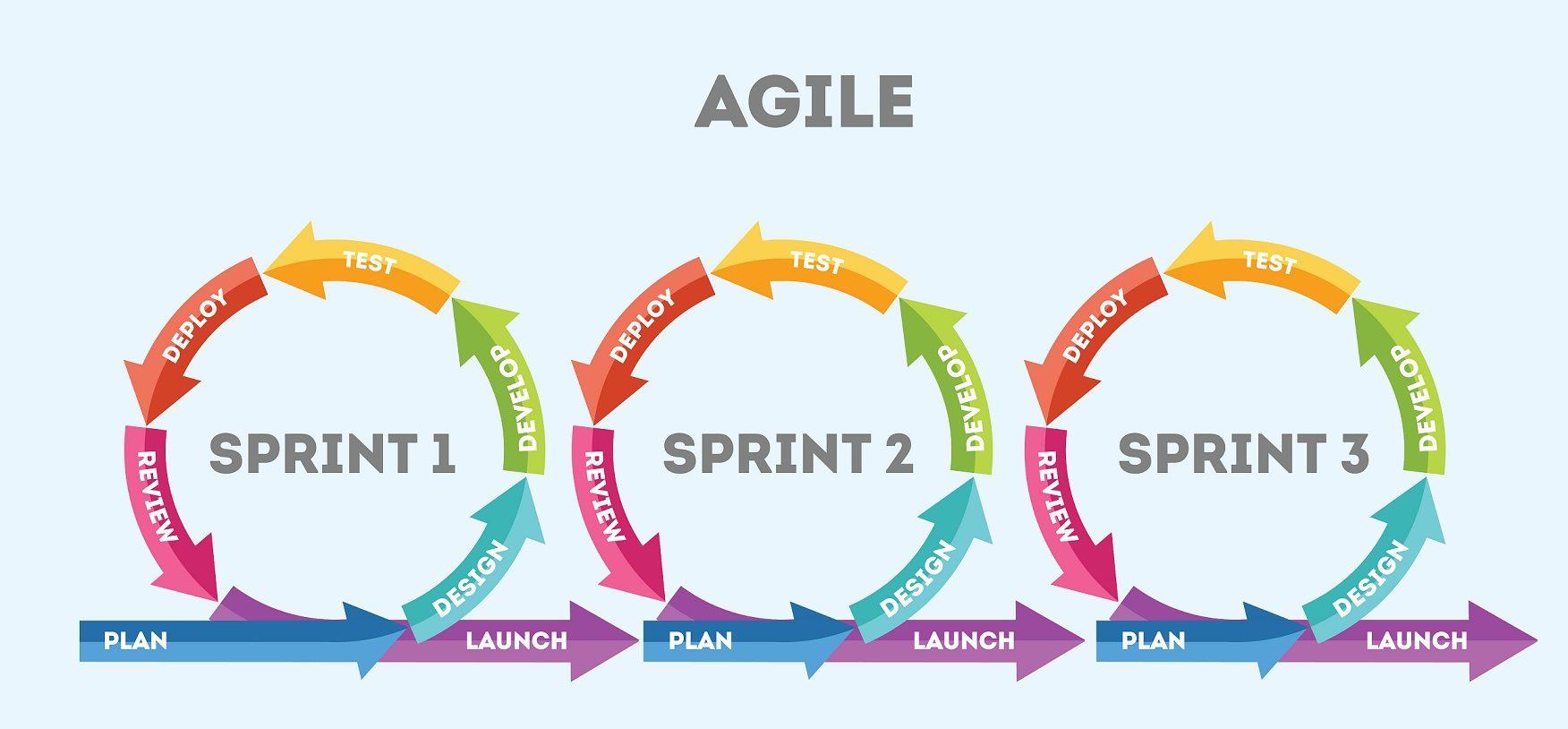what is agile | Agile Methodology
In the realm of modern project management and software development, "What Is Agile" has become a pivotal question, driving teams towards adaptability and iterative workflows. Let's delve into the core of Agile methodology and understand its transformative impact on work processes.
Defining "What Is Agile" Methodology
Agile methodology encapsulates a collaborative and iterative approach to project management and software development. Fundamentally, "What Is Agile" emphasizes flexibility, adaptability, and close customer collaboration. Unlike traditional methodologies, it thrives on responding to change promptly and delivering incremental value.
Key Principles of "What Is Agile" Methodology
At its foundation, "What Is Agile" is guided by fundamental principles that are integral to its success:
Customer-Centric Philosophy: "What Is Agile" methodology places paramount importance on customer satisfaction, striving to continuously deliver valuable solutions aligned with customer needs.
Iterative Development: Agile methodology advocates breaking projects into smaller, manageable segments, fostering continuous improvement and adaptability.
Cross-Functional Collaboration: Teams working within Agile methodologies emphasize close collaboration among members from diverse disciplines, fostering effective communication and shared goals.
Embracing Change: Agile welcomes changing requirements, considering them as opportunities for improvement rather than obstacles, promoting adaptability and flexibility.
Continuous Feedback and Improvement: Regular feedback loops and retrospective sessions are vital in Agile, allowing teams to refine processes continually and improve outcomes.
Implementing "What Is Agile" Methodologies
Agile encompasses various frameworks such as Scrum, Kanban, and Lean, each offering unique approaches to managing projects and workflows. For example, Scrum operates in time-boxed iterations called sprints, while Kanban visualizes work on a board to manage workflow.
To successfully implement "What Is Agile" methodologies, organizations must:
Cultivate an Agile Culture: Embracing Agile principles necessitates a cultural shift, encouraging collaboration, transparency, and adaptability across the organization.
Offer Comprehensive Training: Adequate training and support are essential to empower teams to understand and effectively apply Agile practices.
Secure Leadership Backing: Leadership support is pivotal for overcoming challenges and ensuring the successful adoption of Agile methodologies.
Benefits and Challenges of "What Is Agile"
The Agile approach brings numerous benefits:
Enhanced Flexibility and Responsiveness: Agile enables rapid responses to changing requirements and market dynamics.
Improved Product Quality: Continuous feedback loops and testing enhance the quality of deliverables.
Faster Time-to-Market: Agile's incremental approach reduces time-to-market for products or features.
However, challenges may arise:
Cultural Resistance: Resistance to change within an organization might impede Agile adoption.
Resource Management: Efficient resource allocation and management within an iterative process can pose challenges.
In conclusion, comprehending "What Is Agile" methodology is pivotal in unlocking its potential for enhancing project management and software development. By embracing its principles of adaptability, collaboration, and continuous improvement, organizations can navigate complexities and deliver value in today's dynamic business landscape.
The malleability of Agile methodologies, whether in Scrum, Kanban, or other frameworks, allows for customization to suit diverse organizational needs. Embracing Agile fosters a culture of innovation and responsiveness, positioning businesses to thrive in an ever-evolving marketplace.

Comments
Post a Comment